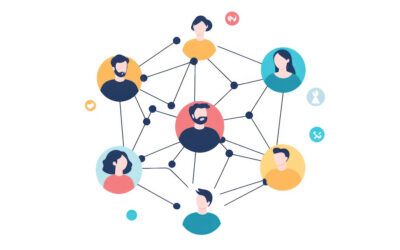Every organization wants to fill their teams with “top talent” and a quick stroll through the internet will reveal that this buzzword is on the top of their minds.
Naturally, we want to find and hire the best people, but what does “top talent” really mean?
The word itself conjures up images of ivy-league educated, technical experts that have years of experience under their belt with a resume that no hiring manager would ever let slip through the cracks. This description tends to exude an air of expensive, but in reality, “top talent” doesn’t necessarily equate to “top dollar.” The truth is, “top talent” means different things to different companies and it goes beyond background, education, experience, and technical knowledge.
“Top talent” is accessible to organizations at any level of maturity, it’s just a matter of determining what that organization needs, and then identifying the perfect match.
“Top Talent” Really Means “Best Fit”
One way to view “talent” is through the lens of the qualities that a specific position requires for success. What one department in one organization in one country defines as “top talent” will vary greatly from what another company considers the best. In other words, identifying “top talent” is less about determining which candidate has the most elite set of credentials, and more about discovering the candidate that is the best fit for the position.
How to Identify Top Talent
Spotting “top talent” should include identifying the specific skills, motivators, and the kind of personality that a position will require for long-term success and superior performance. Through a process of benchmarking the position (also known as “job matching”) you can easily compare your candidates to these criteria, specific to each role and to your own company’s culture.
If you judge a candidate only on their credentials and likeability through interviews, you may be making decisions half-blind by ignoring the specific qualities that make an individual unique. You may also be ignoring the value of a candidate’s potential, which can’t easily be uncovered by learning about their qualifications and previous work experience.
Likability often influences hiring decisions, and without an objective tool for measuring a candidate’s probability for success, it is easy to be charmed into believing more than what is actually true.
Using Assessments to Find the Best Fit
The most effective way to determine if a candidate truly has the qualities that match the role you’re looking to fill starts before the interview takes place. Hiring assessments give insight into a candidate’s true personality, behavior style, motivators, and whether they represent “top talent” for your organization. You can’t charm a pre-employment assessment. And if candidates try to game it they may just game their way out of a job. Because there are no “right” or “wrong” answers, only personality and “fit,” pre-employment assessments help users maintain objectivity.
It’s a scientific way to learn more about the stranger you’re considering bringing in to your organization. It eliminates the effects of what psychologists and sociologists call the “Hawthorne Effect”, or, how people behave when they’re being observed, which is often different from who they are when they’re being themselves.
Don’t pass up the candidates from your pool that are the real “top talent”. The individuals who are passionate, competent, make good decisions, and who are otherwise wired for your open position at your unique organization.
Soft Skills Behavioral Interview Questions
Having an idea of the soft skills a specific position requires will help you determine whether a candidate is a good fit or not. Download our list of suggested behavioral interview questions related to specific soft skills such as:
- Self Management
- Planning and Organizing
- Conceptual Thinking
- And more!




